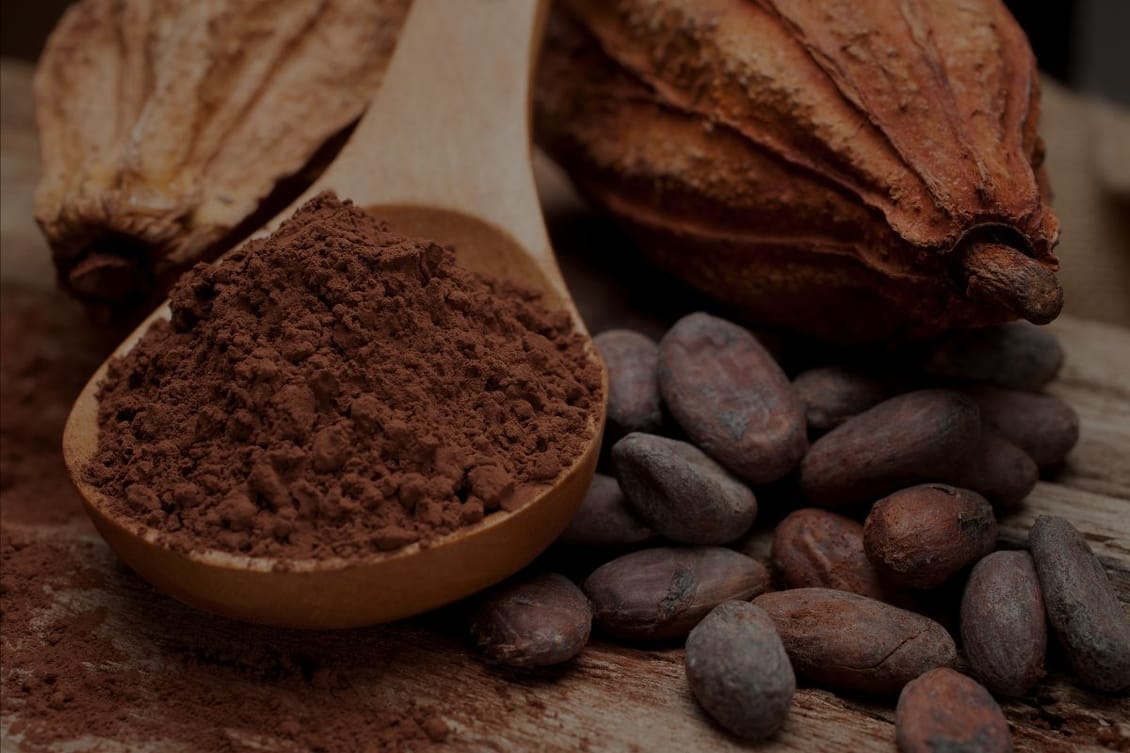
Chocolate is one of the world’s favourite food products. Data from Spherical Insights & Consulting predicts that the global cocoa and chocolate market will grow from $47.1 billion in 2023 to $68.2 billion in 2030.
But cocoa, the crop at the heart of the chocolate industry, has always been complicated. Tied to deforestation and human exploitation, cocoa has a difficult relationship with sustainability and human rights – and solving these problems has long proved very challenging.
The industry must solve them, though. And as consumers become increasingly aware of the origins of cocoa-based products, there’s growing pressure on chocolate makers to source sustainable, fair-trade cocoa – and to prove it.
The process of growing cocoa is, in itself, difficult – heavily dependent on favourable environmental conditions. Cocoa requires high rainfall and warm temperatures, along with the shade of rainforest trees, as too much light or wind damage can also destroy crops.
This sensitivity means that cocoa farms can, at present, only really do well in a narrow geographical area. Right now, there are around 6 million farmers growing cocoa along the equatorial belt – and it’s hard going.
Then, when cocoa is successfully grown and harvested, the supply chain is also very complex. Cocoa passes from smallholder (often without the infrastructure to digitally record and track production) to purchaser, and then from hand to hand – making it very difficult to track the origins and ethics of cocoa products.
Today’s chocolate consumers are more concerned than ever about buying sustainably and ethically sourced products. But with complex supply chains and mistrust over greenwashing practices, it’s difficult for consumers to be certain that the fair trade label really means anything.
And that means chocolate brands are struggling to secure consumer trust.
A study by IDH recommended more transparency in the cocoa sector. It’s not an easy task, and requires a number of initiatives to work together in order to build more traceable, robust supply chains:
The popularity of chocolate products is set to stay. But while customers will continue to want chocolate, they won’t continue to want chocolate that does harm to the environment or to growing communities.
For the cocoa industry to continue, it’s essential that companies can show their customers what they’re doing to improve the sector.
The problems start with a hard-to-grow product; continue with highly complex supply chains; and end with customers who feel concerned that their chocolate habit is causing harm.
But digital technologies have the potential to transform the way cocoa travels around the world – and when technologists and F&B experts get their heads together to solve a problem, anything is possible.
Take your seat at the InFlavour table, a government-backed and world-leading B2B food event by Tahaluf.
E-mail address SubmitWant to keep up to date with all our latest news and information? Enter your name below to be added to our mailing list.
E-mail address Submit